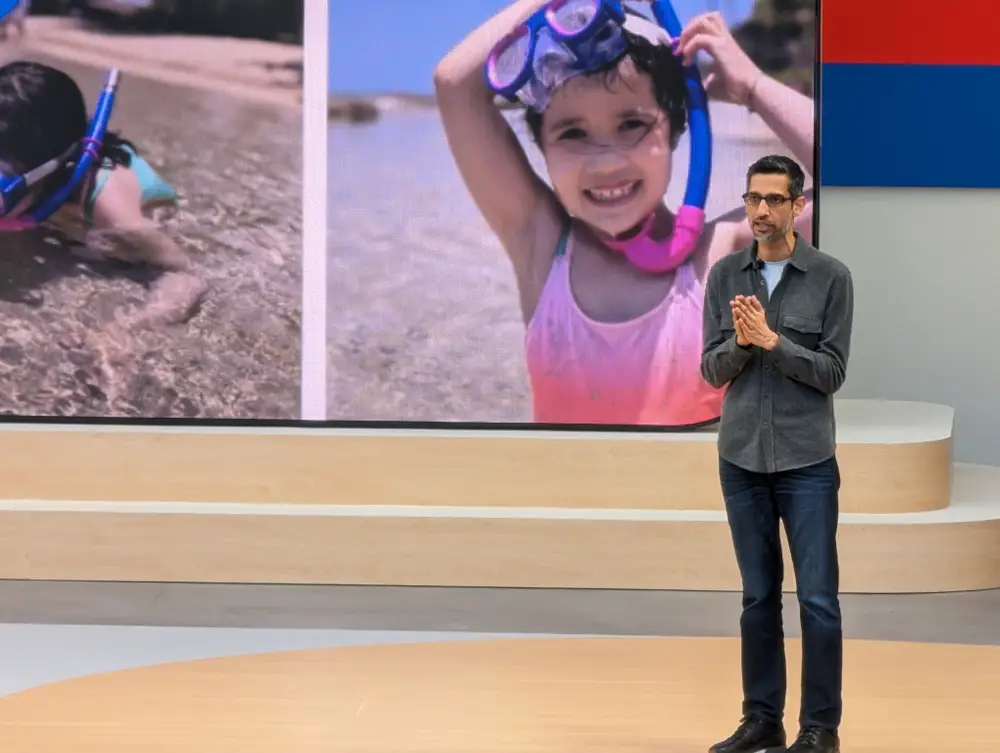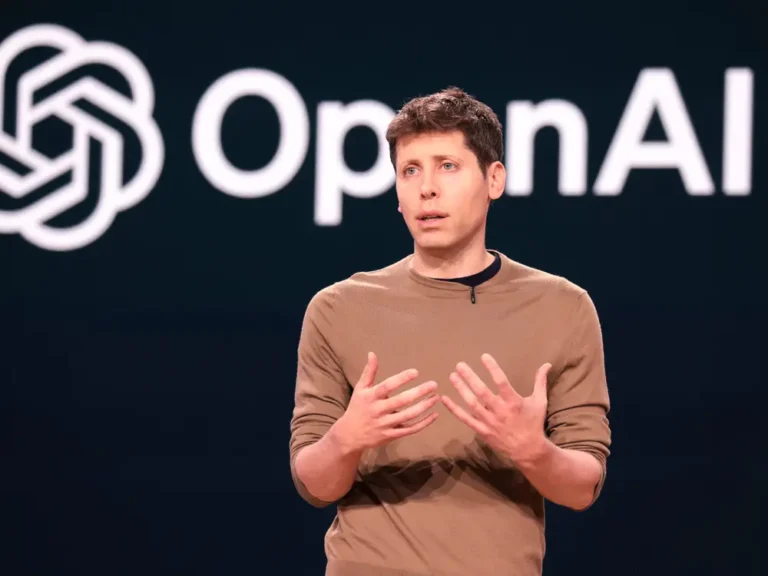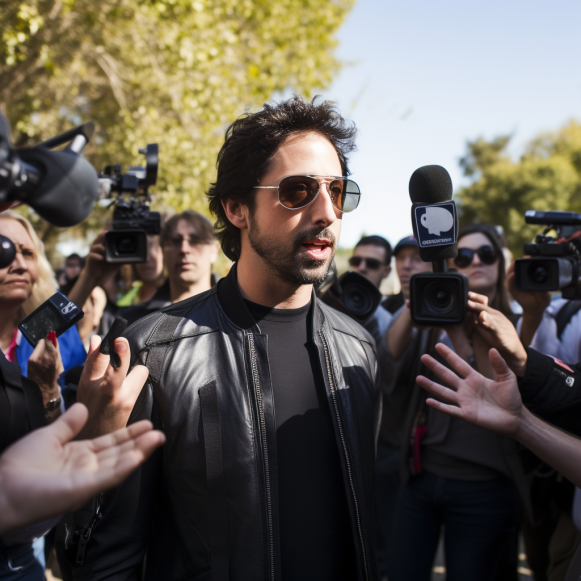Google has a fast-growing new business with ‘Apple-like’ rocketship potential: getting you to pay for subscriptions

Google CEO Sundar Pichai speaks at Google I/O.
Google announced last week it would reinstate its Gemini AI chatbot’s ability to generate pictures of people after it paused the feature for several months due to backlash.
The company also sprinkled in some other long-promised features, such as letting users customize their own chatbots. However, there’s just one catch: you’ll need to pay Google $19.99 a month to use these features.
Google is certainly not the only company that’s discovered that the AI boom brings a new way for customers to pay money for these features, but for Alphabet, it opens up even bigger potential in a growing new section of its business.
Twenty years after Google became a publicly traded company, the lion’s share of its revenue still comes from search advertising. In recent months though, the search giant has dropped several hints that subscriptions are becoming an increasingly important part of the business.
In January, Alphabet CEO Sundar Pichai said paid subscriptions were generating $15 billion of annual revenue — up five times since 2019 — most of which came from YouTube at the time.
For the last three quarters, revenue growth of Google’s “subscriptions, platforms, and devices” segment — which was known a year ago simply as “Google Other” — has outpaced Search growth, per B-17’s analysis. The subscriptions segment includes the company’s various YouTube subscriptions — Music, TV, Premium — and its Google One service. It also includes Pixel sales.
A Google spokesperson declined to comment for this story but pointed to the company’s Q2 earnings call, where Alphabet president Ruth Porat noted that the company’s subscription business “drives the majority of revenue growth” in this group.
Search advertising is a volatile business (and for Google, one that’s under regulatory threat). That’s why Wall Street wants to see if the company can grow subscription revenue as a more reliable business, says Dan Morgan, portfolio manager at Synovus.
“It would be advantageous to build a bigger subscription base to even out some of the ebbs and flows from search,” he told Business Insider. He said that while Wall Street gets excited about Google Cloud’s growth from AI, “we don’t talk much about YouTube Premium going up. It’s a sizable number.”
For parts of the business that have grown more robust, like Cloud and YouTube, Google breaks out their revenue when reporting earnings. Investors would undoubtedly love a better idea of how much revenue subscriptions generate in total.
With the caveat that Google’s subscriptions are entangled with other revenues, Morgan estimated that Google’s subscription takings trend a little over 10% of its total revenues.
“That could become an Apple-like number,” he said.
The Apple effect
Apple has been hugely successful at subscriptions. Last year the company announced it had 1 billion subscribers paying for its “services,” a group of subscriptions that includes Apple TV+, Apple Music, and iCloud storage. In 2023, 22% of its net sales came from this “services” segment, which includes the percentage of App Store sales Apple takes for itself.
A recent consumer survey by Consumer Intelligence Research Partners found that paid iCloud storage was the most popular Apple service used by its customers.

Apple CEO Tim Cook.
It’s a similar tactic Google takes with its storage subscription. Before, it offered generous amounts of free cloud storage to users. Over time, the amount of free allocated storage shrunk as Google nudged users to pay for its Google One subscription, which allows them more storage for photos, emails, and documents.
It seems to be working for Google, too: In February, Pichai announced that the company had crossed 100 million Google One subscribers.
The AI opportunity
Crossing that 100 million threshold coincided with Google bundling its new Gemini Advanced service into Google One—a clever way to get users hooked on a new technology the company is investing heavily in.
Of course, users have been conditioned to expect some level of free service from Google. The company lets anyone use the basic version of its Gemini chatbot and developer tools free of charge, but it keeps more capable models and advanced features, such as image generation, behind a paywall.
Bernstein senior analyst Mark Shmulik compared this tactic to AOL’s CD campaign, in which the company mass-distributed CDs that gave users a free trial of its service. This campaign became a huge success and helped turn the company into an internet juggernaut during the 1990s and early 2000s.
“Offering the new AI features via subscription with 1-year free is certainly interesting,” Shmulik said, referring to a promotional offer Google has run for people who buy its Pixel phones and Chromebooks.
For everyone else, Google has cleverly bundled access to its “Gemini Advanced” tier into Google One, so customers will get it alongside increased storage for Gmail, Drive, and Photos—services that billions of people already use.
None of this includes what Google charges customers for its Workspace products to access more advanced AI features—which appear in Google’s earnings reports under its Cloud segment and are another subscription stream the company is focusing hard on now.
Google still needs to convince users that these extra AI features are worth the additional dollars and will boost user productivity. It may be harder to sell them when they’re not lumped in with must-have features such as additional email storage.
One of Google’s rivals is discovering this. A pharmaceutical company recently canceled its subscription to Microsoft’s Copilot AI, citing a lack of value. The company has also reportedly faced performance issues with some customers.






